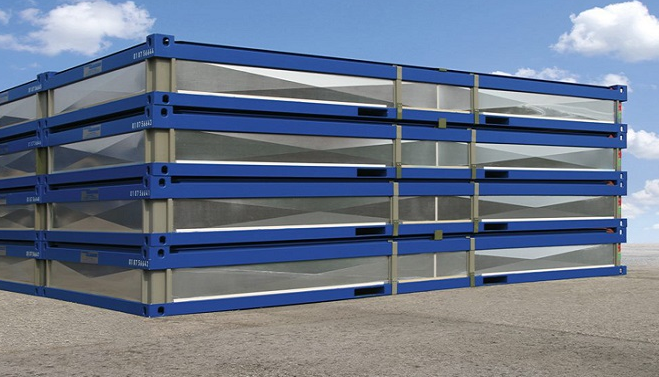In an increasingly globalized world, transporting goods efficiently and cost-effectively is a constant challenge. Flat pack shipping is a method that addresses this challenge head-on, offering a solution that is innovative, economical, and increasingly popular in various industries, including the housing sector where it contributes to the concept of the mobile house. But what exactly is flat pack shipping?
Flat pack shipping refers to a method where items are disassembled, packed flat, and shipped in a manner that saves space and reduces transportation costs. In essence, the product is broken down into its core components, which are then neatly packed and shipped to their destination. Upon arrival, these components can be reassembled to form the complete product.
One of the most common uses of flat pack shipping is in the furniture industry, where companies like IKEA have become renowned for their flat pack solutions. However, the concept has been extended beyond furniture to other sectors, including housing, giving rise to the idea of a flat pack or mobile house.
Flat pack shipping offers several significant advantages. Firstly, it is highly cost-effective. By reducing the volume of the items being shipped, companies can transport more units at the same time, leading to lower overall shipping costs. Secondly, it provides a solution to logistical challenges. Flat packed items are easier to handle and transport, making them suitable for shipping to remote or difficult-to-reach areas.

Furthermore, in the context of the mobile house, flat pack shipping is revolutionizing the housing industry. Flat pack houses, constructed from shipping containers, are shipped in their disassembled state. They can then be reassembled at the desired location, providing an affordable, flexible, and eco-friendly housing solution.
A flat pack mobile house offers the opportunity for individuals to design their homes, from choosing the layout to selecting the fixtures and finishes. It's a chance to create a unique, personalized living space that can be transported and reassembled wherever the owner chooses.
However, it's important to acknowledge that flat pack shipping also presents its own set of challenges. The assembly process can be complex and requires a certain level of skill and expertise. Additionally, quality control can be more difficult, as the product must withstand both disassembly and reassembly.
In conclusion, flat pack shipping is an innovative and cost-effective method of transportation that is finding new applications in various sectors, including housing. It offers the possibility of a mobile house, combining flexibility, affordability, and the opportunity for personalization. As with any solution, it presents its own set of challenges, but with careful planning and execution, the benefits can be significant.
